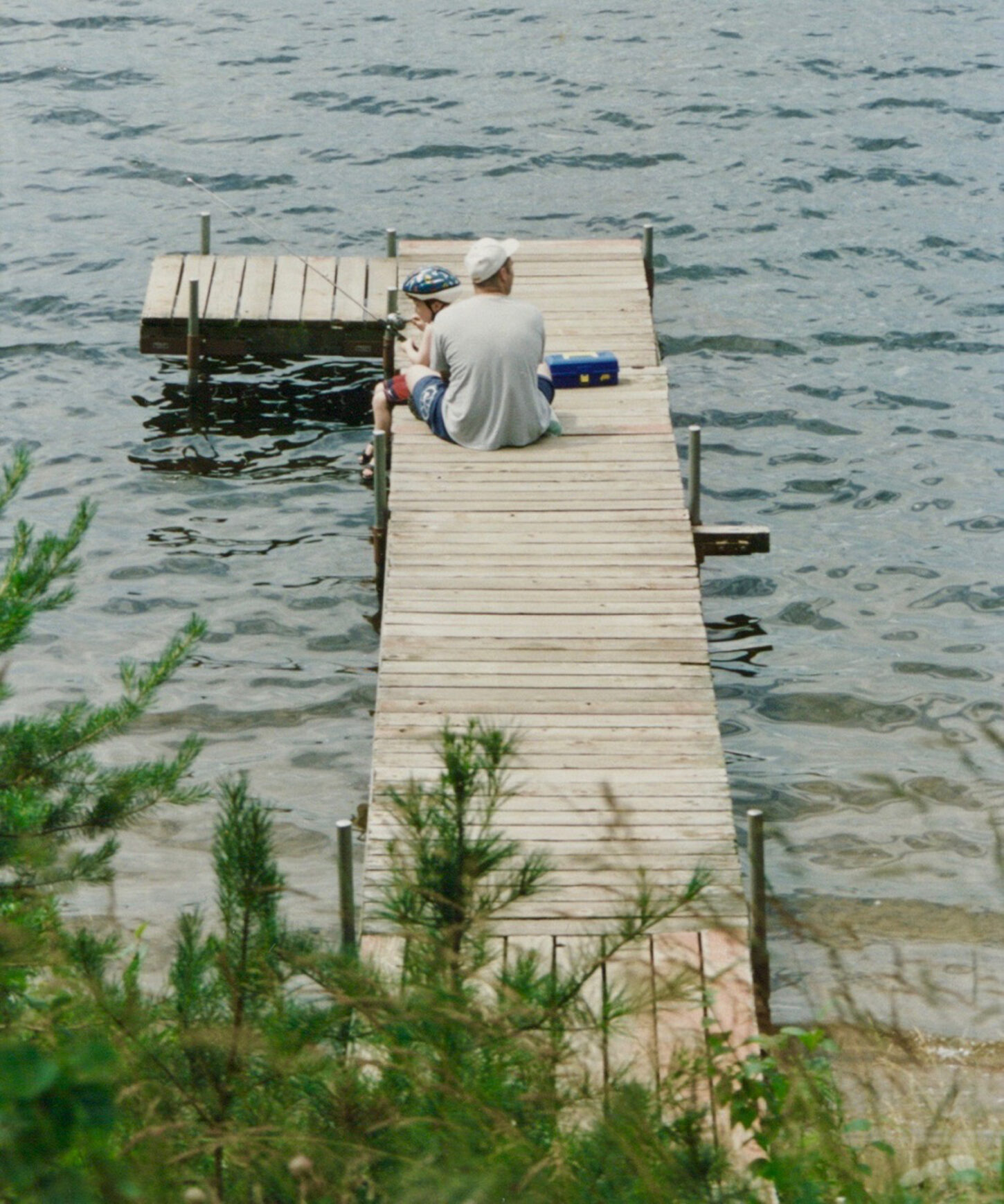
BUILDING OUR SHARED FUTURE
We’ve been given a glorious planet to inhabit, and I don’t know about you, but we want this world to be a better place because of our existence, not the opposite. There is an ethical Hebrew concept, Tikkun Olam, which mandates a responsibility upon us all to repair the earth. You see, it isn’t really our choice, but rather, our duty, to take care of this place. That is one of the fundamental principles that guides me in this profession, and thus guides our company.
So, you ask, how does that fit into The Revolution? Actually, it is simpler than you would think – remodeling usually means tearing stuff out and throwing it away – but there are so many things we can do to avoid a negative impact on our environment, and it all starts with smart design.
We don’t necessarily have to throw it all away, right?
